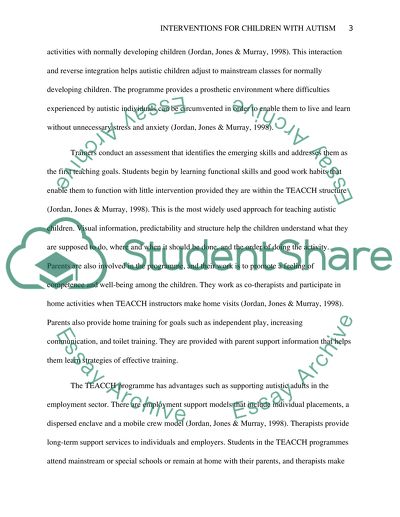Cite this document
(“Social intervention to children with autism Essay”, n.d.)
Social intervention to children with autism Essay. Retrieved from https://studentshare.org/education/1461466-social-intervention-to-children-with-autism
Social intervention to children with autism Essay. Retrieved from https://studentshare.org/education/1461466-social-intervention-to-children-with-autism
(Social Intervention to Children With Autism Essay)
Social Intervention to Children With Autism Essay. https://studentshare.org/education/1461466-social-intervention-to-children-with-autism.
Social Intervention to Children With Autism Essay. https://studentshare.org/education/1461466-social-intervention-to-children-with-autism.
“Social Intervention to Children With Autism Essay”, n.d. https://studentshare.org/education/1461466-social-intervention-to-children-with-autism.


